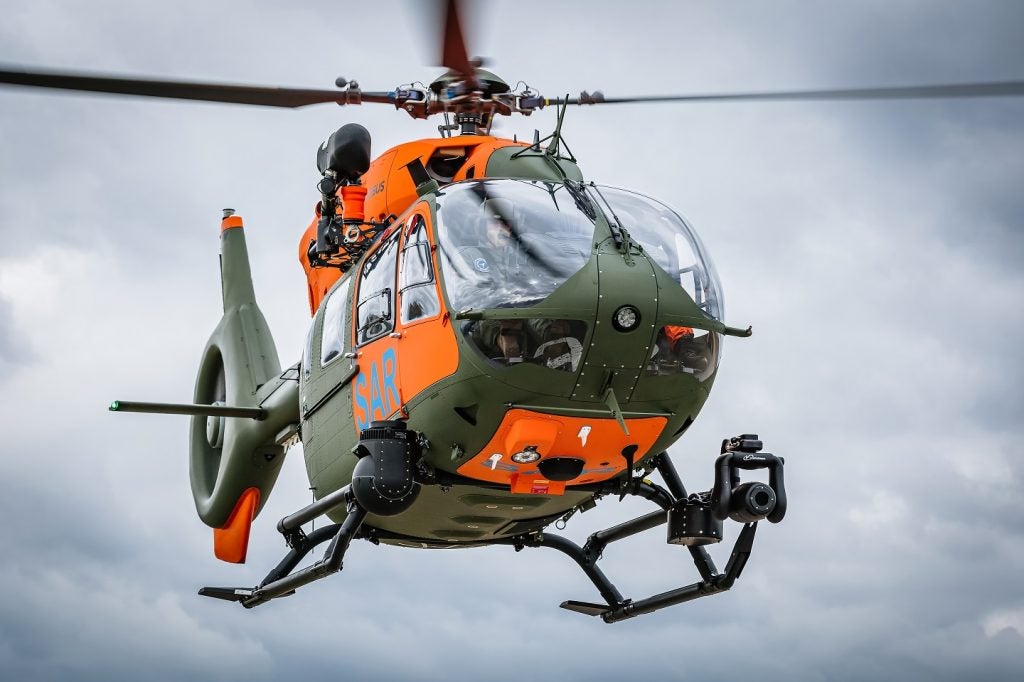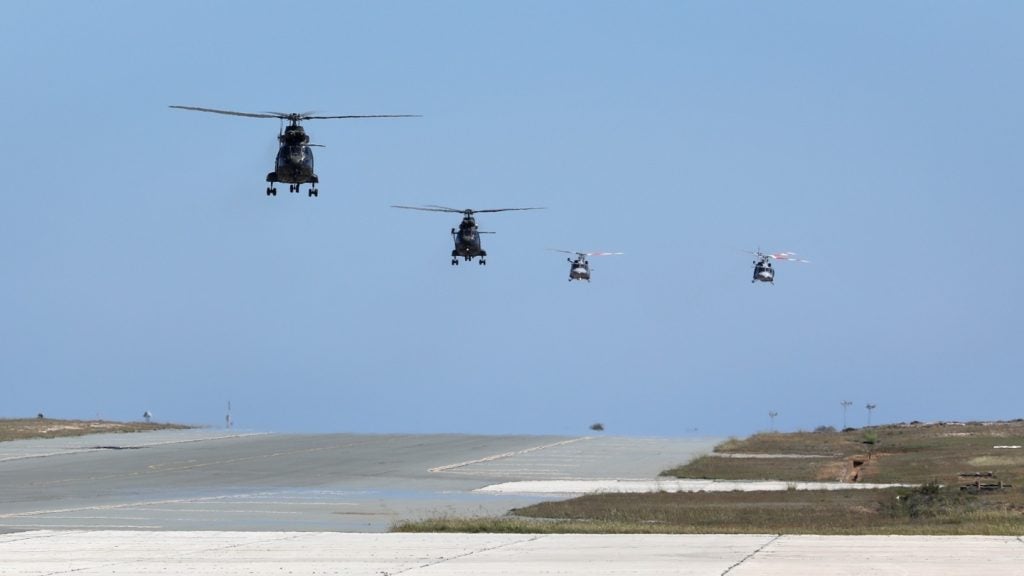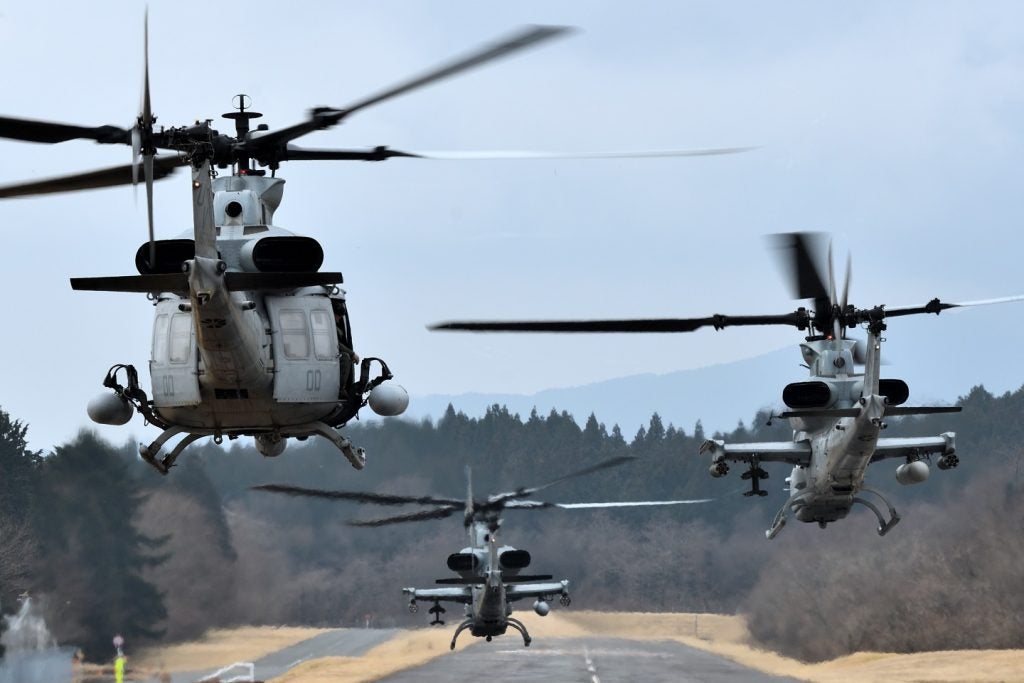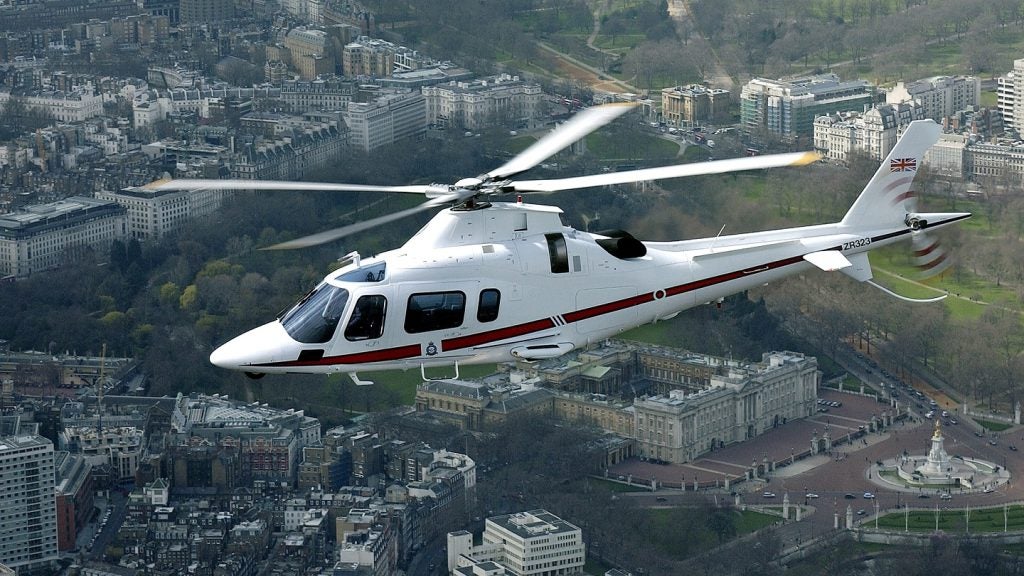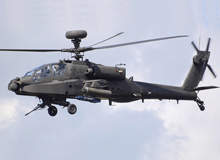
Media attention on equipment deficiencies for British troops serving in Afghanistan has been almost daily in recent months, the charge being that a parsimonious UK Treasury has consistently prevented the procurement of technology required to achieve mission success.
Richard Norton-Taylor (in the Guardian newspaper, 21 July 2009, p6), for example, states that more that 157 British soldiers were treated at the Camp Bastion field hospital in a single week in Helmand and 17 soldiers killed in July 2009, taking the total killed since 2001 to 186 (the figure stood at 204 on 17 August 2009). Most of these casualties were a consequence of roadside improvised explosive devices (IEDs), avoidable by exploitation of the air flank.
General Sir Richard Dannatt, the Chief of General Staff, made it clear that helicopters were urgently required in the region. In his address to the Royal United Services Institute on 13 January 2009, Lieutenant Colonel Joe O’Sullivan, who commanded 2 PARA in Helmand from April to October 2008, made the same point – support helicopters were ‘invaluable’ but that there were never enough of them. But is there anything new about this argument?
Britain’s loss in Ireland
Two decades ago in 1989 the British troops committed to Northern Ireland were beginning to benefit from the urgent procurement of a fleet of civilian vehicles that more or less mirrored those actually on the roads of the Province, as opposed to the conspicuous green saloon cars and white buses that had hitherto been used to move soldiers to and from the airports as they went on leave.
See Also:
Unfortunately, on 20 August 1988 a white bus full of soldiers of the light infantry returning from Aldergrove to their barracks at Ballykelly was not only on an out-of-bounds route but also an unmissable target for the Provisional Irish Republican Army. Seven soldiers were killed and 19 seriously injured in the ensuing IED attack at Ballygawley. It could have been avoided had the movement been made by support helicopters.
How well do you really know your competitors?
Access the most comprehensive Company Profiles on the market, powered by GlobalData. Save hours of research. Gain competitive edge.

Thank you!
Your download email will arrive shortly
Not ready to buy yet? Download a free sample
We are confident about the unique quality of our Company Profiles. However, we want you to make the most beneficial decision for your business, so we offer a free sample that you can download by submitting the below form
By GlobalDataGoing back a further decade, 20 years ago the deaths of 18 soldiers, as well as a civilian killed at Warrenpoint in Northern Ireland could also have been avoided. The 2 PARA soldiers were travelling in a convoy from Ballykinler. The risk of using roads adjacent to the Irish border at that time was by then so high that no military vehicles were permitted south of the A25 connecting Newry to Newtown Hamilton. That a convoy was allowed to proceed on the route taken in full view of the Irish border was to say the least, of high risk. Support helicopters would have obviated this tragedy.
Britain’s Oman lesson
In 1969 British officers serving in Dhofar on loan service were presented with a similar set of circumstances, this time, there were no helicopters whatsoever in support of the Sultan’s armed forces in its war against the Marxist adoo on the mountainous Jebel. All movement, resupply and casualty evacuation was either by vehicle, liable to IED ambush, or on foot.
In one instance, 100 men were required to move a single casualty for six hours over rough terrain. The Commanding Officer of the Muscat Regiment Peter Thwaites described the situation as ‘inhuman’.
Requests for helicopters and more ‘boots on the ground’ were only eventually acted upon after the palace coup that brought Sultan Qaboos to power. In the words of Colonel Hugh Oldman, who went to London to try to gain more funding for this vitally important war, “Bloody British! They all show interest in Oman, but there is no plan to help financially – not even by a reduction in the capitation charges [for loan service officers] … It is disgraceful. The Arab nations must help Oman but the UK and the US should take the lead. The British after all started the rot when they left Aden.”
In 1959 a similar situation arose over the rebellion in Jebel Akhdar, also in Oman. There were no helicopters here either and the only ‘solution’ was for the RAF to bomb the towns and wreck the economy whilst the SAS eventually stormed the heights. ‘Hearts and minds’ were hardly won by such a crude action as this. Helicopters would almost certainly have allowed the security forces the capacity to out manoeuvre the rebels rather than embark upon a deliberate assault, as took place.
And again in Malaysia
In 1949, the Malayan emergency was at its height. There was an obvious and pressing need for helicopters, and in due course the RAF provided ten Westlands, which were notoriously unreliable. It took until 1952 for the USA to eventually provide ten Sikorskys, to be flown by Royal Navy pilots. Even so, the considered view was that the RAF should provide a further ten helicopters.
In all, it is a depressing tale that spans not one particular government, but all of them. The real question is how this could have been so over such a long period? Helicopters are an invaluable asset in counterinsurgencies, where, unfortunately, the enemy will usually have taken control of the roads. Yet the ‘lessons’ of the past half century in counterinsurgency appear not to have been heeded. Why not?



